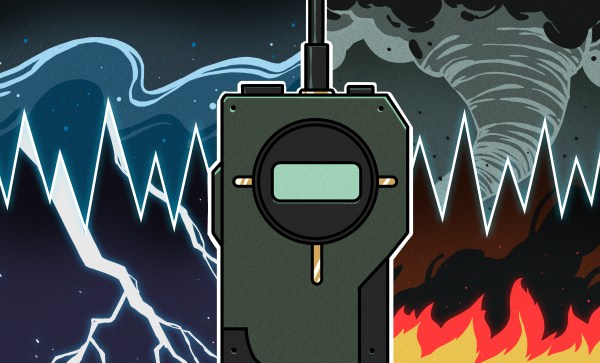There was a time when those looking for tech bargains had to either try their luck at the local flea market, or make the pilgrimage out to a dedicated swap meet. But with the rise of websites like eBay and Craigslist these parking lot meetups started to fall out of favor, to the point that they became all but extinct over the last couple decades.
So there was some risk involved when the Vintage Computer Federation decided to dust off the concept as a way of sidestepping New Jersey’s COVID-era limitations on indoor meetups. But as VCF Vice President [Jeffrey Brace] explained during our visit earlier this month, the experiment has more than paid off. Each swap meet has brought in buyers and sellers from all over the Mid–Atlantic region, helping to not only raise money for the VCF’s ongoing preservation efforts, but spread awareness of the organization and their goals.

During our chat, [Jeffrey] goes over the origins and growth of the VCF swap meet, and how it compares to their annual Vintage Computer Festival. He also speaks about the Federation’s desire to expand their already impressive museum space into a far larger climate-controlled area that will allow for even more classic computer hardware to be put on display.
We visited the VCF swap meet back in 2021, and came away with the distinct impression that [Jeffrey] and the rest of the team had a winning idea on their hands. We’re happy to report that as of 2023 the areas where we saw room for improvement — namely the lack of on-site refreshment and a somewhat overly narrow focus on vintage hardware — have both been addressed. In its current form, this is truly a must-see event for anyone with an interest in computers, radio, or even just general electronics who happens to live within driving distance of the Jersey shore.
While eBay certainly makes it easy to bid on a piece of gear, you’re unlikely to make a new friend while doing so. Events like this are more than just a way to buy and sell hardware, but provide a chance for like-minded individuals to connect and build a community. We’re glad to see the event grow larger each year, and hope it inspires similar revivals elsewhere.
Continue reading “VCF’s Swap Meet Experiment Helps Support Expansion”


















